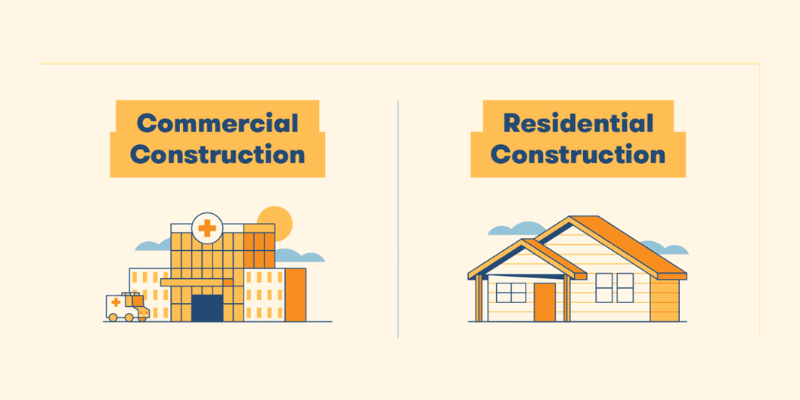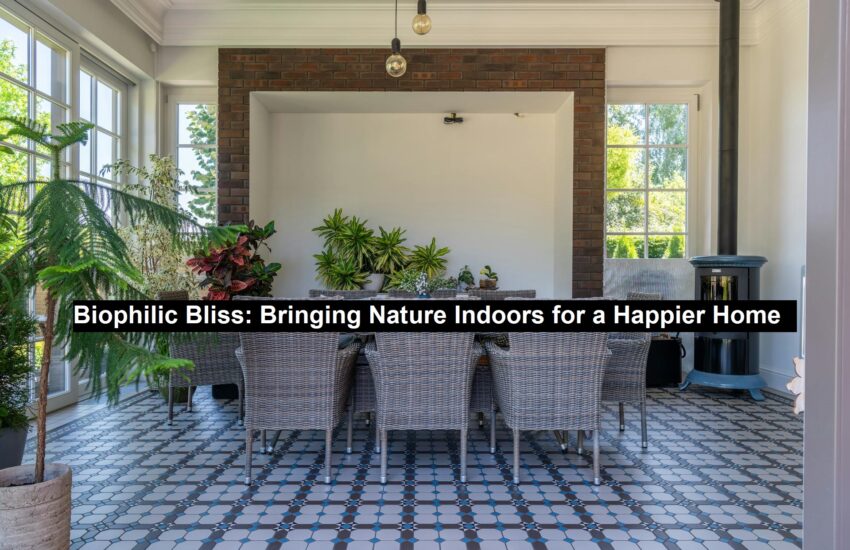Commercial vs. Residential Construction: What’s Different?
Introduction
Construction is always improving. You either own a property or you’re an investor or property developer, biding your time to turnover again in search of property development opportunities, or you’re a business enterprise anticipating to set up your business centres, so you have a balanced idea of the very fundamentals of what differentiates commercial construction and residential construction. Both tasks require the same equipment and labour hours but vary by purpose, nature, and complexity. By exercising the known differences, you make wise choices, avoid costly errors, and place your project directly in your long-term objectives.
The architecture dictates what lies ahead, from the home in the family residence to the tower business building complex. Construction, though, is not all equal. Homeowners willing to make an impact, investors searching for houses, or entrepreneurs building new buildings have to possess some information regarding commercial and residential buildings.
Although the two industries are specialised in building construction, the two building construction industries vary so extensively in design, material, regulation, and operation as a whole. Whether you wish to establish a new company specialised in building construction or need an overview of building construction, the following handbook accounts for the wider distinction between the two building construction industries.
What is Residential Construction?
The residential building belongs to other individuals to inhabit. They consist of single-family houses, townhouses, townhouses, and small apartment buildings. Habits, cosiness, and grace are harsh dilemmas in residential buildings.
Residential building structures often take place as:
- Single-family dwelling houses
- Townhouses and twin
- Small flats (tendency to low-rise)
- Upmarket homes (custom-made-to-order)
“A home isn’t built—that’s simply a picture of residents. Residential Architect builds ideals.”
Homeowners are given an important space within the floor plan to decide for themselves. They think about energy efficiency, modern design, and value when deciding on home building. People desire comfort and quality as daily needs.
Read: Cleaning and Maintaining Your Blinds
3. What is Commercial Construction?
Commercial buildings are public or commercial purpose structures.
Examples include shopping centres, corporate towers, hospitality venues, storage facilities, educational institutions, and medical centres.
Space, expandability, usability, and adherence to very strict codes and regulations are concerns. The stakeholders in this regard for operation in a commercial way are investors, government agencies, engineers, and architects.
Examples of Common Commercial Building Types
- Office and corporate campuses
- Shopping malls and malls
- Hotel and resort construction
- Hospitals and medical offices
- Industrial parks and warehouses
“Commercial building isn’t a question of building a building—it’s building spaces that create productivity, customer experience, and sustainable business success.”
— Commercial Developer
Commercial structures, unlike domestic structures, should be constructed such that they can be recycled a second time and even a third time; they should be fireproof and ADA compliant. It should also include elevators, heating and air conditioning, and heavy machinery for utilitarian purposes. Brand and user experience find their way into commercial structures as well, so it is all the more challenging to construct and use.
Major Differences Between Residential and Commercial Construction
1. Purpose and Design Philosophy
Residential: Built for a particular family to their requirement, with customised designs, cosy atmosphere, and customised facilities. The objective is to construct a house.
Commercial: Use- and usability-focused. Module or repeat as character, with traffic and brand image top priority.
2. Size and Scope of Project
Residential: Defaults as low-rise projects, i.e., single-family homes or low-rise condo projects.
Commercial: Wider in scope, from multistoried shopping complexes to corporate and mass market shopping complexes.
3. Building Method and Material
Residential: Will employ wood frame, insulation, brick, and lightweight roofs. Energy efficiency is the first priority.
Commercial: Employ steel frame openly, reinforced concrete, and fire-resistive material, which will be able to sustain excessive use as well as greater degrees of demand for security.
4. Aesthetic Considerations
Residential: Low-maintenance, neat residential appearance with few requirements and brand materials such as logos, colour, and signage.
Commercial: Roadside Appearance, curb attractiveness, and welcoming atmosphere are considerations.
5. Labour and Equipment Requirements
Residential: Small quantities of labourers and light equipment, general project construction contractors.
Commercial: Large cranes, lifts, and specialist support staff such as HVAC technicians, electricians, and steel structure staff.
6. Codes, Regs, and Permits
Residential: Municipal building code and fewer inspection regulations.
Commercial: Will need to be balanced against zoning laws, ADA code, environmental laws, and safety laws.
7. Schedules and Degree of Complexity of Projects
Residential: Will be months or more than one year, depending on levels of customisation.
Commercial: Will be decades, depending on whether or not the design has multiple phases of planning, review, and coordination.
8. Cost Factors and Estimating
Residential: Loose budgets with little scope for flexibility or DIY suitability.
Commercial: High initial cost and high ROI requirement. Budgeting is more formal in magnitude and subject to regulatory constraints.
9. Maintenance and Long-Term Thinking
Residential: Minor contractor or DIY maintenance. Uncommon optional enhancement.
Commercial: Routine maintenance is performed regularly and is frequently carried out by facility management personnel. A life cycle costing analysis will have to be undertaken to establish whether it will be cost-saving and profitable.
Unconventional Challenges and Opportunities
Building Houses
Challenges: Poor weather, customer resistance, and frequent design alterations can cause the time frame to be extended.
Opportunities: Home automation technology, solar energy, and green products are emerging opportunities.
Building Businesses
Challenges: Cost overrun in terms of legality and slow processing of permits.
Opportunities: Green building certification, higher efficiency of modular buildings, and green energy systems are all positive, as long as cost savings as well as the environment are taken into account.
Selecting the Best Building Type for Your Requirements
You’re building a new home or a business enterprise—something or other. Start by thinking about purpose, budget, length of the project, and possible expansion of your business. Some things to keep in mind:
- Is it public or private?
- How many are you going to be utilising regularly?
- What are you spending money on, and how much money are you going to blow your budget out of?
- Are there any niche-building codes or jurisdictional laws that apply?
- What will your ultimate reason be—growth, resale, or leasing?
Don’t get yourself shot down later for doing it now and measuring once and cutting twice, as they say.
Final Thoughts
Although commercial and residential construction need professional staff, planning, and massive capital investment, they are distinct in purpose. From the material to the user, all forms of buildings are for something else. The best thing you can do is to employ professional staff in the work you are undertaking to render your building smooth, glitch-free, and a success.
Though residential buildings and commercial buildings are the same, they are utilised twenty-four hours a day. Customisation and livability define residential buildings, whereas codes, functionality, and durability define commercial buildings.
Choose the right contractor—building dream homes or corporate cityscapes, perfection is the key.
About the Author:
With years of construction experience, she is employed by prominent construction companies in St Louis. Her job is to enhance building procedures, boost project efficiency, and promote eco-friendly building practices. In her spare time, she enjoys keeping up with new ideas and trends in construction.



